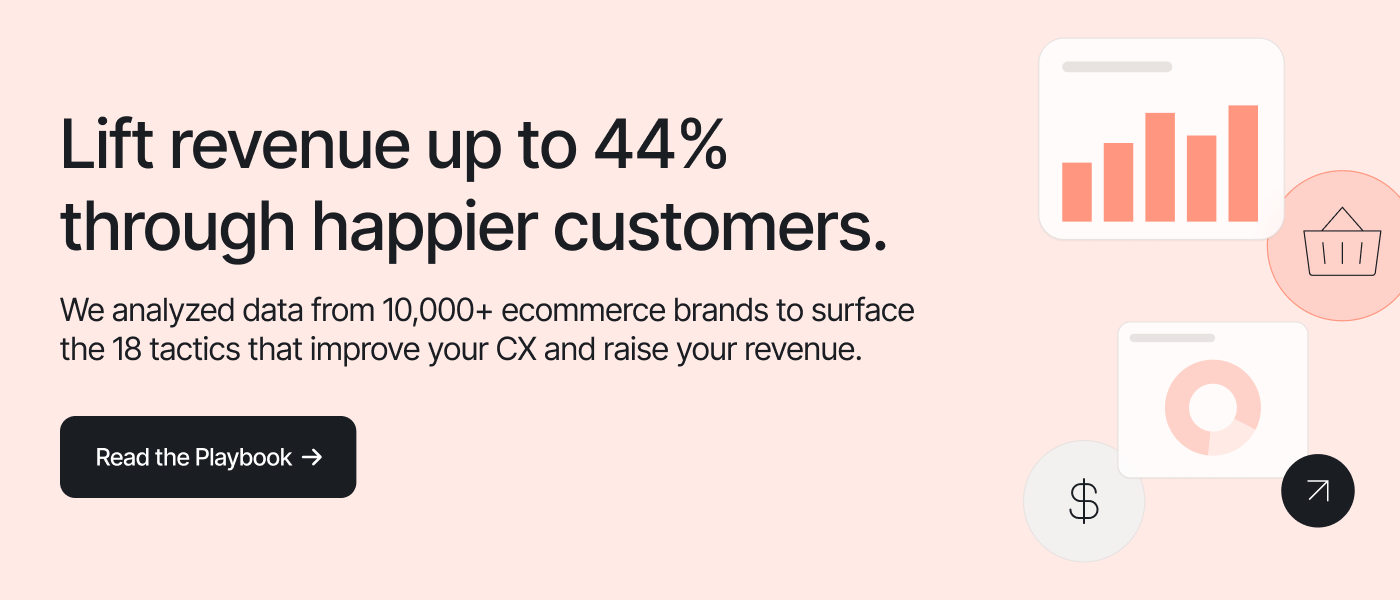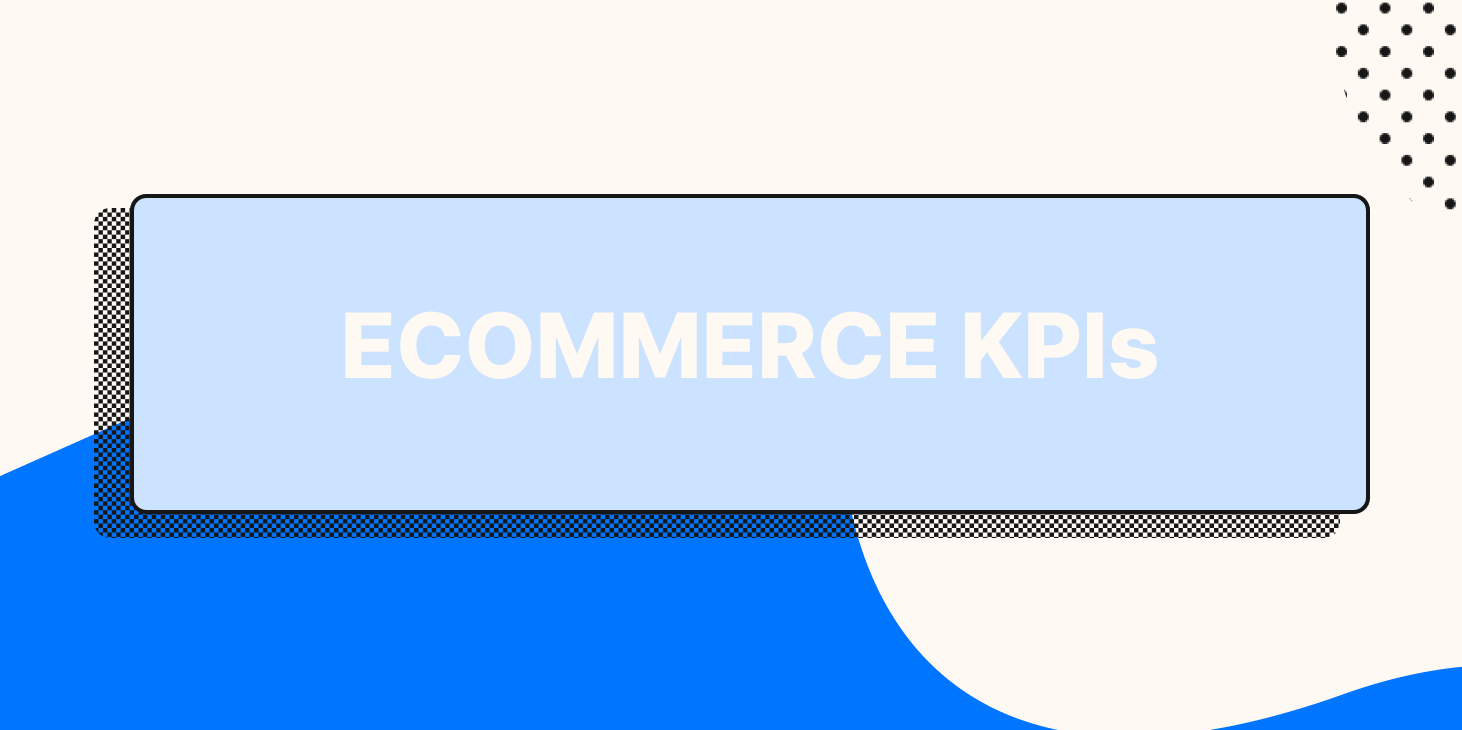Gross Merchandise Value (GMV) is a useful metric to monitor when running an ecommerce site. Traditionally, it’s one of the first numbers online merchants try to improve sales. It sounds simple enough: If you increase GMV, you’ll make more money, right?
Not so fast.
Like any single metric, GMV has its shortcomings, too. Below I’ll explain the right way to think about your GMV and ways to increase GMV that can lead to more profit, not just more revenue.
What is Gross Merchandise Value (GMV)?
Gross Merchandise Value or Gross Merchandise Volume (GMV) measures your total volume of sales transacting through a platform (or the amount of money paid by all customers) over a given period of time, such as on a quarterly or annual basis. This metric is important, no matter if you’re selling on a marketplace or your own ecommerce store.
How to Calculate Gross Merchandise Value
You can use the following formula to calculate GMV:
Gross merchandise value = Sales Price of Goods x Number of Items Sold
Let’s say you sell 10 products for $100 each. In this case, your GMV would amount to $1,000 ($100 * 10), which is also known as total sales or gross revenue.
Why is Gross Merchandise Value Important for Ecommerce?
GMV can be a good indicator of the overall health and growth of an online retailer. It’s because GMV measures the volume and value of merchandise sold or the number of transactions handled. If GMV is up, the business might be doing well.
You can use GMV as a comparative measure over time. For example, compare current quarter sales with the previous year or year on year.
That said, GMV isn’t always an accurate metric to measure ecommerce business performance. There are two main reasons for this.
First, GMV doesn’t account for any accrued fees and expenses associated with sales, like shipping cost, discounts, marketing, returns, and so on. Hence, it doesn’t give a complete picture of your net sales, net income, or growth.
Second, GMV can be misleading. When you focus too much on GMV, you may want to push expensive products like electronics to increase GMV. But the margins of those products tend to be lower than that of less costly items like clothing.
The best advice is that apart from GMV, you should also use other ecommerce KPIs to measure the growth of your business. For example, you can use revenue, customer acquisition cost, customer lifetime value, average order value (AOV), conversion rate, churn rate, and more.
Can you use GMV and revenue interchangeably?
No. Revenue is a portion of GMV.
For example, if you sell something for $100 through Etsy and Etsy takes a 10% commission, that’s $100 GMV for Etsy. In terms of revenue, $90 of revenue is for you and $10 of revenue for Etsy.
If you sell something for $100 on your own website, your GMV and revenue are $100.
How to Increase Gross Merchandise Value
If you’re looking for ways to improve GMV for your ecommerce website, here are four ways to do that.
1. Offer Free Shipping
Free shipping is a popular option for online shopping, where customers don’t have to pay for delivery. Free shipping is attractive to customers who are sensitive to price and prefer a simple pricing structure.
Here is a good example from Teddy Fresh:

Two different ways to offer free shipping to increase GMV:
- Order over a specific dollar amount: Highlight a free-shipping threshold to encourage customers to order more items to meet that limit and receive free delivery.
- Offer free shipping within a specific period: Do this if you want to improve GMV during slow periods.
Setting up an ecommerce store? Check out our list of the best Shopify themes.
{{lead-magnet-1}}
2. Upsell and Cross-sell Products
Upselling is a strategy to sell a superior, more expensive version of a product that a customer already owns (or just bought). Meanwhile, cross-selling means selling related products to the one a customer already owns (or just bought).
To upsell products, you can offer larger sizes, adding more features, or increasing performance. For example, if a customer wants a 4GB graphics card, upsell them to 16GB with a limited-time discount and a slightly higher price than their previous choice.
For cross-sell, you can add a “frequently bought with this item” or “who bought this bought this” section on your product pages. Or promote accessories on the cart page as Cariuma does in the below example:

3. Add Bundles
Product bundling is when you package complimentary products as a group of items that can be purchased together at a discount or a lower price than when purchased separately.
You can bundle products together as an upsell or a cross-sell. Alternatively, you can create a unique product bundle, either in a gift box or special wrapping.
Winc is just one example of an online store that has capitalized on an opportunity for product education and curation with subscription boxes. The brand uses a quiz to help customers determine the right bottle of wine that satisfies their tastes. Then, offer curated boxes of items that meet their preferences.

When you have a lot of slow-moving inventory products, it’s a great idea to bundle them with popular items. Doing that will help freshen up your old or overstocked inventory and increase sales.
By offering bundles, you can also make customers feel that they got a good deal — even though they’ve likely spent more than they planned to.
Setting up your Shopify store? See our list of the best Shopify apps for ecommerce merchants.
4. Offer Bulk Discount
Bulk discount (also known as bulk pricing or volume discount) is a sales strategy that encourages customers to purchase more and with higher quantities at a lower price. This is particularly useful if you’re selling items that are typically bought in bulk.
Note that you can also use free gifts or free products to incentivize customers who spend more on your store. Cotopaxi did a great job of using this tactic. This store offers customers free masks if they spend beyond a certain threshold.

5. Provide top-notch customer service
Approximately 95% of customers say that customer service is important to their choice of and loyalty to a brand. And 80% of customers consider the experience a company provides as important as its products.
These are just a few of many key customer service statistics, but enough to prove that an excellent customer service experience impacts your bottom line.
When you take time to answer customers’ questions on social media and live chat, you build trust with them and make them feel safe to buy from you.
When you’re proactive in handling return requests, you have a chance to turn them into new sales. Your customer might be satisfied with an exchange instead of asking for a refund.
That strengthens your brand confidence and encourages customers to come back to your store.
After all, retaining an existing customer is five times cheaper than finding a new one. By delivering exceptional customer service, you give your customers a convincing reason to stay with your business forever.
A Final Thought About GMV
GMV is helpful if you’re selling on marketplaces like Etsy, Amazon, or Alibaba. But as said earlier, you shouldn’t focus too much on improving GMV. There are more important ecommerce KPIs you should follow to measure how your store performs.
Also, it’s one thing to increase GMV; it’s another thing to maintain excellent customer service when you have more orders. Take care of your customers first to create an incredible shopping experience for them, and you’ll improve your bottom line sooner or later.
If you’re looking for a solution to help you handle a flood of customer requests, let Gorgias lend you a hand. Sign up for a Gorgias account and enjoy all the features you need in an ecommerce help desk in a 7-day free trial.
{{lead-magnet-2}}

















